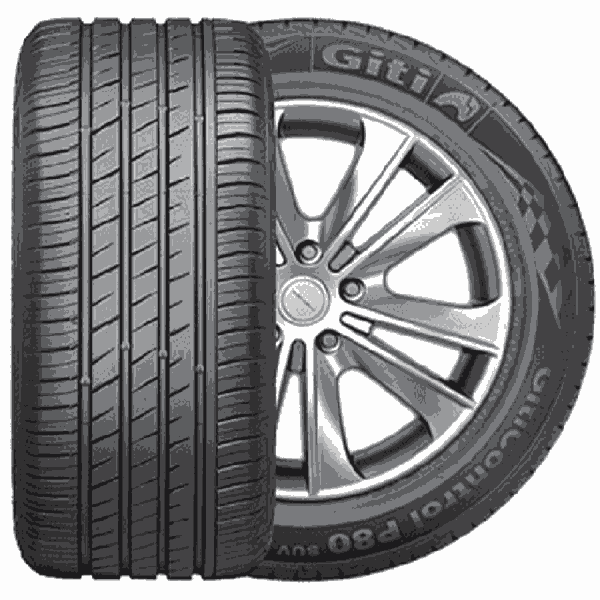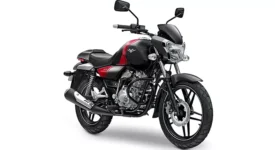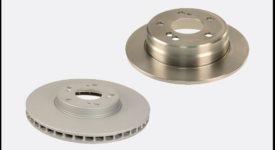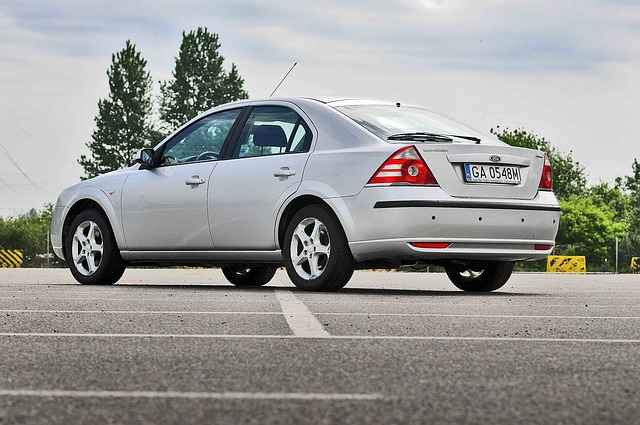Off-roading is becoming more and more popular these days especially now that there seems to be light at the end of the tunnel with regard to the Covid-19 pandemic.
The majority of the people are now getting excited again to explore many different types of scenarios, and most off-road hobbyists and enthusiasts nowadays own great 4×4 cars for adventure and, travel but sometimes the major dilemma is finding the safest and right kind of tires that work well with your car and on those long drives. Do different tires resist flats better than others? Does insurance cover a flat tire? You might have several questions that need to be answered before deciding what type of tire to purchase. With all the wide varieties out there, different brands and types can be overwhelming and make it hard to decide which tires are best suited for your car.
Like in any other buying decision, the first move is to always educate yourself based on unbiased ratings and reviews online. Browsing online can be extremely frustrating and time-consuming so here are three things that you need to know when choosing the best desert tires for you and your car:
Your Vehicle Brand
A lot of the information out there gives you a list of tires with all their specifications and advantages that might be a good fit for your 4X4. Not all tires fit or are best suited for every truck, 4X4 out there. Did you know that some tires are really made and built for a specific kind of truck or 4X4? The best advice to give is to check with the local tire dealers near you, they would know what kind of tires are needed and, in most instances, the vehicle brand you carry will specify which tires work best and on what terrain.
Think of it like this, whatever kind of smartphone you have, whether it be an android or iPhone, there are apps that are far more optimized depending on the kind of phone you are using; the same applies to tires. There are tires that work best for your vehicle brand. Also, it helps to tap into your friends or acquaintances that are off-road enthusiasts, feel free to seek their advice since nothing beats personal experience when it comes to situations like these.
It is also very important to know your car’s horsepower and the kind of control it can handle. Most desert tires are large and have heavy like paddle tires. Most people often forget to check if their vehicle has the right horsepower to roll the tire for maximum speed, performance, and fuel efficiency. In a sandy desert scenario, paddle-type tires work great, but you must keep in mind, the more paddle, the more bite, and grip resulting in more rolling resistance which requires more horsepower.
So, choosing the right number of paddles for your tire is really important. If your vehicle has less horsepower, then choosing a tire with less paddle will be a better option. If you have a less horsepower vehicle choosing the tire with less paddle would be a great option. You should also note that paddle tires are best placed on the rear rather than the front because they will be more difficult to steer.
Type of Terrain
There are 4 types of deserts: coastal deserts, hot and dry deserts, semi-arid deserts, and lastly cold deserts. Remember that every scenario is different, so you have to choose which tires work best depending on your chosen adventure. When choosing a tire, you need to factor in things such as weather, and temperature. All these affect tire pressure and durability.
You must also realize that tire air pressure also affects sand rolling performance, the less air pressure on your tires, the better your sand performance is. Think of it like floating on a boat in the water however this piece of advice only makes sense for fine desert sand performance. Think of it this way, tires can be compared to chocolate, yes, I said it, chocolate. When it’s exposed to a cold environment, it freezes and becomes brittle.
Cold desert tires are specially designed for this type of environment, it is built with special compounds to maintain their flexibility which helps maintain their peak performance and flexibility. So before going off on your adventure, it’s important to ask yourself, what kind of sand you will be encountering, is it fine gravel or the kind that sinks or perhaps a bit of both?
The more you know the trail, the better you are geared to buying not just the best, but the most appropriate set of tires for the car. It might sound a bit cliché, but “knowing the road ahead” is important when choosing the best tires.
Tire Components
After knowing all the factors mentioned, you are now ready to select which tire component best suits your desert adventure. Tire components are less important on simple pavement and daily drives. When it comes to off-roading, it becomes an entirely different story. Selecting appropriate tire components provides more benefits like better wheel handling, fuel efficiency, and a much smoother ride.
The first thing you should look at is the kind of tire tread you would need. The outside layer of the tire directly touches the surface. These mainly have 4 patterns made special out of rubber compounds specialized for a specific type of terrain and varied weather scenarios.
The first type of tread is “grooves”, which are the large gaps that allow water to flow freely throughout the tire. The other component is “lugs” which is the part that makes contact with the surface, it is designed to enhance stability and better grip performance. The spaces between the lugs on the other hand are called “voids”, this part is more involved with handling and versatility. Lastly, is the “sipes” it’s the perpendicular pattern that cuts on the grooves of your tire, and its function is improving lugs flexibility.
Understanding these tire components and asking your local tire dealer which is the best tire for your destination is a great thing to do before purchasing any tire.







